India, a land of rich cultural heritage, has produced numerous artistic geniuses who have left an indelible mark on the global art scene. Indian artists have showcased their mastery in various forms. From traditional to contemporary, and their works have been celebrated worldwide. Among the various forms of artistic endeavors in India, nature-inspired art holds a special place, resonating with the deep connection to the natural world. Brands like Arts Fiesta, a premium art decor brand based in India, continue this tradition by capturing the beauty of nature through various forms of art. In this blog, we’ll explore 10 world-famous paintings by Indian artists, highlighting their historical significance and artistic brilliance.
1. “Bapuji” by Nandalal Bose
Mahatma Gandhi may be well-known as a notable liberation fighter, but few are aware that many modern artists, including Nandalal Bose, found inspiration in him. Bose’s 1930 ‘Dandi March’ linocut picture, which bears the caption ‘Bapuji, 1930,’ is a monument to his strong respect for Gandhi and is on permanent display in the National Gallery of Modern Art in Delhi.

2. “Shakuntala” by Raja Ravi Varma
Raja Ravi Varma, known as the father of modern Indian art, painted “Shakuntala,” a masterpiece inspired by Kalidasa’s famous play. This romantic and evocative painting showcases his mastery of the oil-on-canvas technique.
It’s a modern retelling of the Shakuntala looking for Dushyanta in the epic Mahabharatha. As in the story, this painting depicts Shakuntala pretending to remove a thorn from her foot but she’s looking yonder to see where her lover Dushyanta is. Her friends are casually talking near her, and a mysterious hooded figure is walking with a cane in the background.
There is a lyrical beauty and sensuality in the way Shakuntala is posed in this painting, which perfectly matches the joyous and colourful atmosphere of the overall picture.
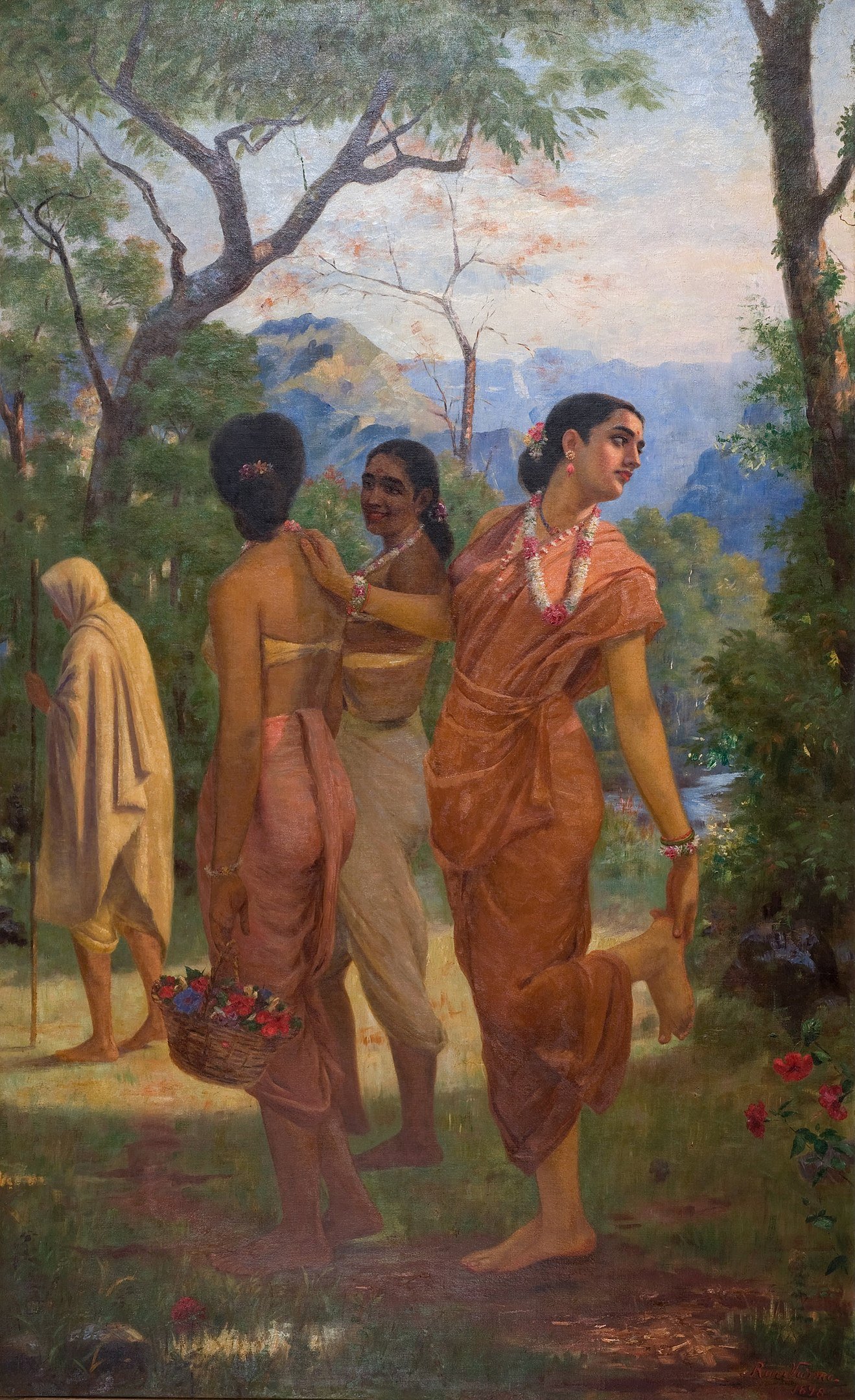
3. “Mother India” by Amrita Sher-Gil
Amrita Sher-Gil, often referred to as India’s Frida Kahlo, painted “Mother India,” a striking portrayal of the maternal figure representing the spirit and resilience of the nation. This painting is a symbol of India’s cultural identity. The faces of her subject at this time have their faces and stances steeped in melancholy and are marked by large, sad eyes.

4. “Untitled (Falling Figure)” by Tyeb Mehta
Tyeb Mehta’s “Falling Figure” is a powerful representation of existentialism. This artwork reflects the tumultuous emotions and struggles faced by individuals in a rapidly changing society.
Mehta’s investigation of the topic The Falling Figure during this time was inspired by a disturbing childhood memory he retained of seeing a man violently killed during the Subcontinent’s deadly Partition riots in 1947.
The subsequent racial confrontations had a long-lasting effect on his life and work. Dilip Chitre, a poet and a friend of the artist, said this about the incident: “When Mehta resided on Mohammed Ali Road in South Mumbai, he observed a man being cut and slain by rioting people from his window.
Mehta asserts that this one violent vision, which he actually experienced in person, is the source of all of the uncertainty he had about India, including the uncertainty of independence, the uncertainty of intercommunal interactions, and everything else.
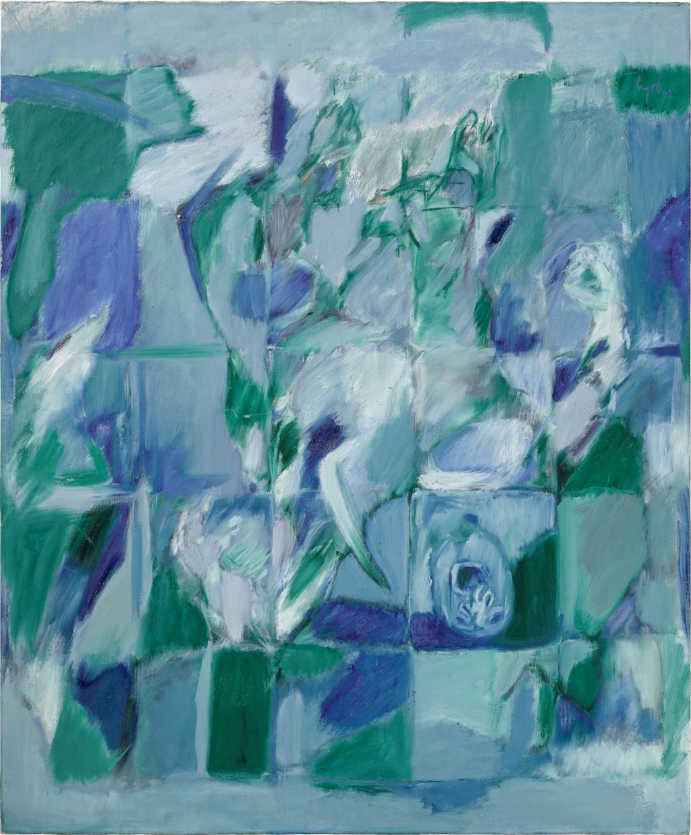
5. “The Last Supper” by Francis Newton Souza
Francis Newton Souza’s reinterpretation of “The Last Supper” reflects his unique artistic voice. The painting explores themes of spirituality, sexuality, and human connection in a thought-provoking manner.
Some of Souza’s most renowned works, like Crucifixion (1959), in which Christ is seen in agonising torment on the cross, and Deposition (1963), in which Christ’s crucified, bleeding body is moved for burial, reflect the events after the Last Supper.
Furthermore, Souza regularly depicted the Last Supper as the foundation of the Catholic tradition of the Eucharist in his still-life paintings from the mid-1950s to the early 1960s, which feature a variety of liturgical artefacts arranged on a table. Years later, Souza depicts the Last Supper to emphasise the significance of this event for Catholicism and his own artistic output.
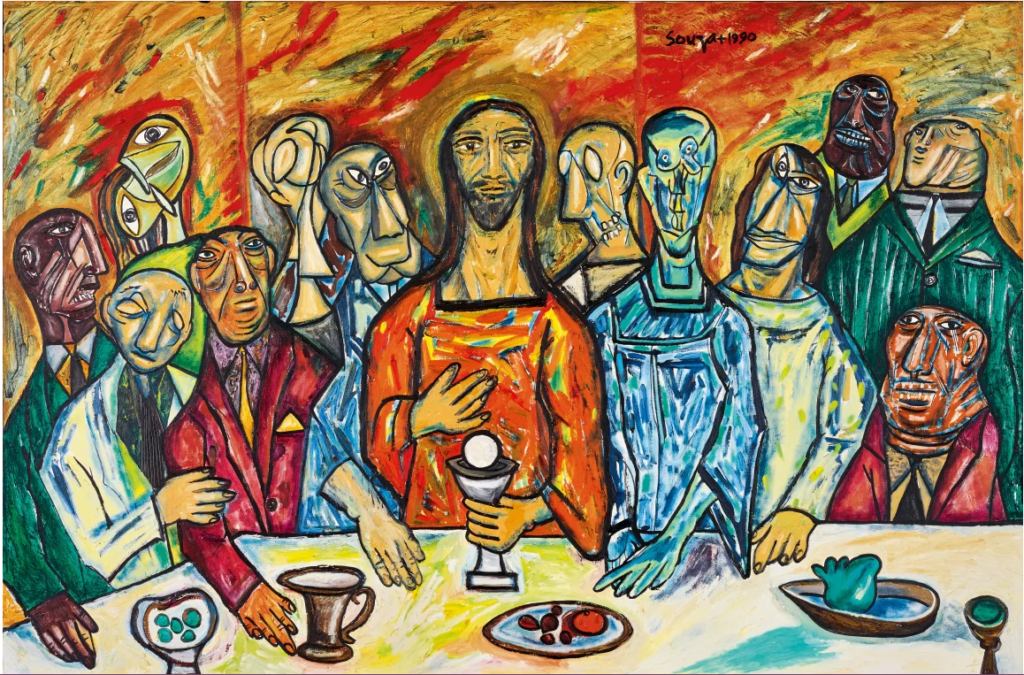
6. “Self Portrait” by Amrita Sher-Gil
Amrita Sher-Gil’s “Self Portrait” is a remarkable example of her introspective style. This self-portrait captures her self-exploration and vulnerability as an artist.
From 1930 onwards, Amrita Sher-Gil painted a series of self- portraits representing her many moods. This seductive and exuberant mood that she has captured is relatively rare in her series of self-portraits.

7. “Untitled (Bird in Space)” by S.H. Raza
S.H. Raza, a pioneer of Indian modern art, created “Untitled (Bird in Space),” which is a representation of his “Bindu” philosophy. The painting is a blend of abstract and spiritual elements, emphasizing unity and transcendence.

8. “Jallianwala Bagh” by Satish Gujral
Satish Gujral’s “Jallianwala Bagh” is a haunting depiction of the tragic massacre in 1919. This painting serves as a poignant reminder of a dark chapter in Indian history.
The 1947 Partition of India significantly impacted Satish Gujral’s early career as a painter. Not only was he an unwilling witness to cruel acts of man against man, but also, he had been there along with his father to help those Hindu refugees from his hometown in Jhelum to immigrate to India. The bloody scenes inspired him to create a series of Partition paintings.
The war victims’ agony was depicted through his brush. Later, the artist confessed, “I didn’t paint Partition, but I painted my own suffering.” (Shilpa, 2017). His life turned brighter when Satish Gujral met and married Kiran. She becomes his muse and brings colour into his posterior works.
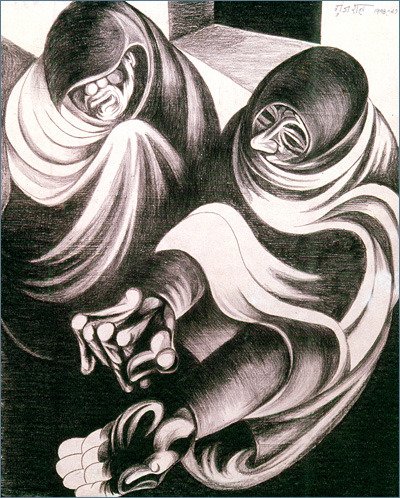
9. ”Self-Portrait” by Rabindranath Tagore
Rabindranath’s earliest visual work appeared in his manuscripts of poems (eg. Purabi) and comprised of doodles, scribbles and erasures made out of unwanted words and lines.
Towards the end of his career, Tagore aged 67, striving to create a universally accessible art, took up painting more consistently. Around 1928, the artist made thousands of sketches and drawings using brush, pencil and pen. The artist developed a style characterised by simple bold forms and a rhythmic quality. The subjects depicted often involved animals, figures and statuesque women.
This painting depicts the full-face, self-portrait of the bearded artist. The unworked background and the enhanced contour push the figure out from the ground. The flatness of the figure is enhanced by the lack of colour and the use of rough pencil lines.

10. “Krishna and Radha” by Nandalal Bose
Nandalal Bose was one of the pioneers of modern Indian art and a key figure of Contextual Modernism. A pupil of Abanindranath Tagore, Bose was known for his “Indian style” of painting. He became the principal of Kala Bhavan, Santiniketan in 1922.
The last of the 10 World Famous Paintings by Indian Artists includes Nandalal Bose’s “Krishna and Radha” is a mesmerizing portrayal of divine love. This artwork beautifully blends traditional Indian art forms with a modern touch.
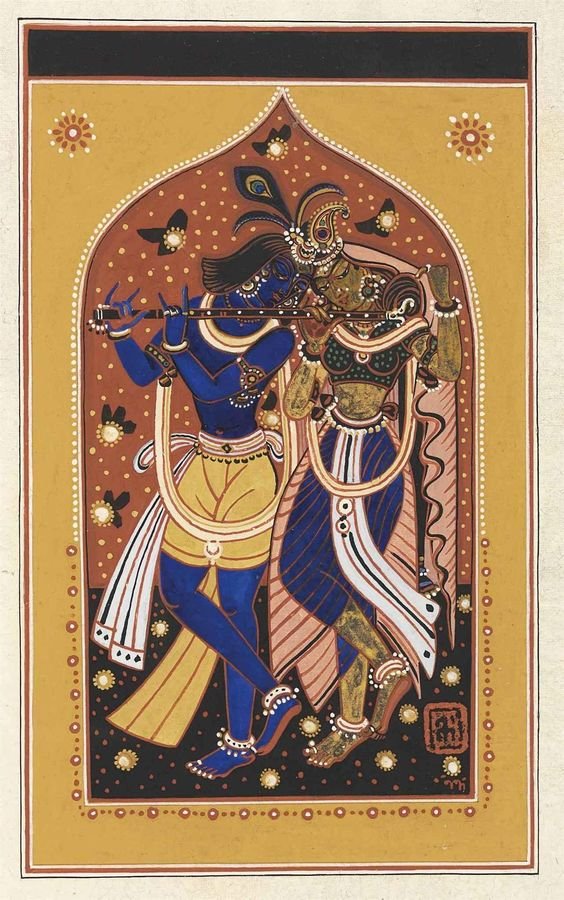
Indian artists have left an indelible mark on the global art scene through their diverse and profound works. These 10 World Famous Paintings by Indian Artists not only showcase their immense talent but also represent the cultural, historical, and emotional richness of India.
As these artists continue to inspire generations, their art serves as a testament to the enduring power of creativity and expression. Explore the world of Indian art, and you’ll discover a treasure trove of beauty, culture, and innovation.
To dvelwe into outiside India, you can read about the 5 most famous painting styles in the world (From Impressionism to Pop Art)



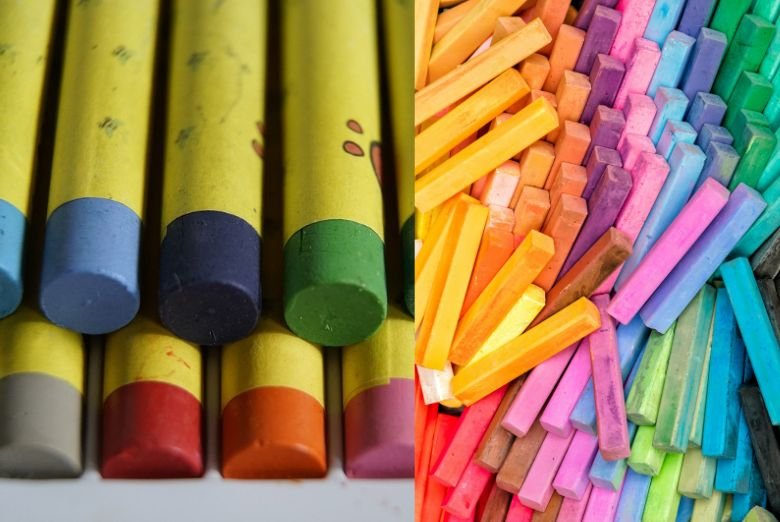
Pingback: Explore the Captivating Beauty of Indian Art – Welcome to lalaland
Your article leaves out all painters from South India . Can you not think of even one – like Bendre ? Ecxept Ravi Varma ?
While your list is fantastic, I can’t help but mention a few more paintings that I believe are extraordinary and deserve a mention. Amrita Sher-Gil’s “The Bride’s Toilet,” with its intimate portrayal of a woman is a masterpiece that captures the essence of Indian life.
Overall, your article is a great celebration of Indian art and its global impact. Keep up the excellent work!
Indeed, your suggestion is great, Thank you Joquim!